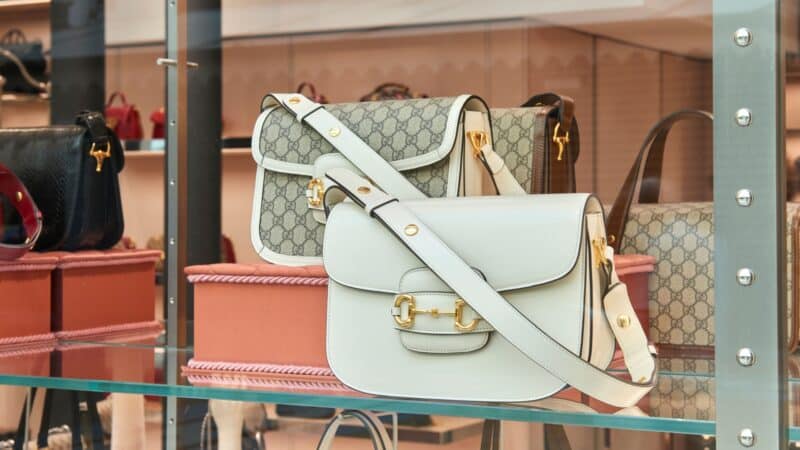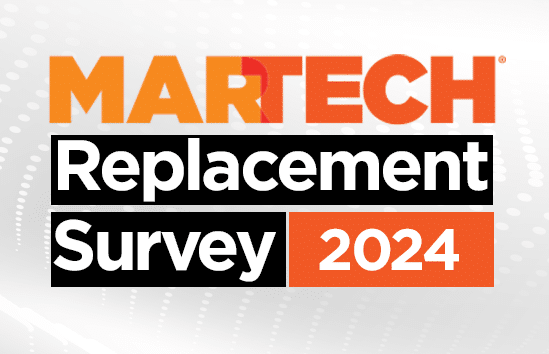As anyone who has walked the length of New York’s Canal Street will know, fake “luxury” goods abound. Vendors have more or less convincing versions of Louis Vuitton and Prada bags, Rolex and Cartier watches for sale at understandably low prices. After all, if you’re buying a supposedly luxury item from an unlicensed street vendor, you should assume it’s fake.
But what if you’re buying from a reputable online vendor? The luxury and vintage goods market, and especially the re-sale part of that market, has been steadily growing, and websites selling used luxury bags, watches and even sneakers seem to be everywhere. If you’re marketing those luxury goods, the last thing you want to be doing is unwittingly selling fakes.
How can you be confident? After all, the person you are buying from might not themselves know an item is fake.
Guess what? AI can help.
It’s like fingerprints
Entrupy’s New York work space is a chaos of fancy handbags, stacked almost to the ceiling. Fortunately, co-founder and CEO Vidyuth Srinivasan has a pocket-sized gadget to bring order to the chaos. “It’s like fingerprints,” he said.
The gadget (it looks a bit like a phone, but it’s a proprietary device) hosts an Entrupy app where the user selects a brand and product and then takes a series of photographs following the app’s instructions. The camera uses microscopy, detecting details at resolutions beyond the capabilities of the human eye. Here comes the AI: it compares the new images with a huge database of existing images from both authentic and counterfeit items and within seconds certifies the item as authentic or “unidentified.”
This gives sellers and re-sellers a basis to certify their goods as authentic, but there’s another, growing use case — a nefarious one. There is a practice, apparently, of purchasing an authentic luxury item from a store and then “returning” a fake copy. That way, the culprit gets to keep a $5,000 bag, say, while also getting their $5,000 back. Entrupy’s authentication device can defend against this.
Nothing falls through the cracks
LePrix’s unusual position in the luxury re-sale market makes authentication critical. Rather than an ecommerce direct-to-consumer re-sale business, Le Prix is B2B. It sources pre-owned luxury goods for sale to retailers. We spoke with co-founder and CMO Emily Erkel to learn more. Why, for example, can’t the retailers source from, say, Hermès or Gucci directly?
“It’s a number of things,” she said. “First, our suppliers can be re-sellers themselves with inventory they can’t move, they can be luxury brand houses with inventory they want to offload (over-stock) and they can be retailers like department stores that have over-stocked inventory too. Sourcing pre-owned luxury is very difficult. It often requires travel to Europe or Japan, translations, customs duties — it’s a very fragmented and analog industry. What LePrix does is aggregate and digitize the B2B pre-owned space for businesses.”
In addition to taking care of translations and customs, LePrix inspects every item that enters the process. If retailers are working with unknown sources, say on eBay, they’re engaged in a risky business, Erkel said. Pre-owned items can be in a multitude of conditions, from “like new” to obviously well-used; they’re just not direct from the brand.
LePrix has partnered with Entrupy from the very start of their B2B business (they had previously been a D2C vintage consignment business). “We selected them after vetting many authentication companies because of the amount of data they use and their technology. Our inspectors use the Entrupy devices to make sure things are verified authentic and we really trust Entrupy’s processes,” Erkel said.
How many items fail the verification process? “I think it’s less than 0.1%,” said Erkel. “We’re really strict on who can join our supplier network and we have strong relationships with them. In addition to a digital certificate of authenticity, we also provide printed card versions that customers love seeing on their pre-owned items” (the ultimate customer, in other words, not the business LePrix is selling to).
Even though so few fakes enter LePrix’s workflow, authentication (and even double and triple authentication) because their reputation and the reputation of businesses they sell to are on the line. “We want to make sure nothing falls through the cracks,” Erkel explained.
Non-technological verification
We also happened to speak with Kenneth Tan, co-founder and CEO at Singapore-based BeLive Technology, who faces his own authentication challenges. BeLive started 10 years ago as a mobile platform for live streamers but, said Tan, the business model was not successful; they paid the streamers too much and didn’t see enough revenue from advertising or product sales.
“We pivoted into a B2B business offering our live-streaming technology as a service,” said Tan. “Fortunately, our first customer was Japan’s largest ecommerce platform, Rakuten. They white-labeled our entire application and we launched Rakuten Live in Japan in 2018.” Other customers followed, such as Trendyol in Turkey and a number of commerce platforms in Africa.
Live-streaming is just a content delivery medium. “But when you have live shopping enabled,” Tan said, “you are able to buy products directly in the live stream. It’s really powerful to do this in real time. Only in the past three or four years has this been available in the United States. It was available in China 10 years ago, but only elsewhere from about six years ago.” BeLive does not yet have customers in the U.S. but anticipates doing so soon.
BeLive’s ability to distinguish fake from real products in the live stream has really been based on its relationships with the commerce platforms it serves. “We can introduce moderation tools, like moderator to banish fake streamers.” Fake virtual streamers, yes fake humans, is a thing. “But before the introduction of AI, there was not really a way to identify the fake products that were being offered.”
BeLive used AI to tackle brand safety. “What we have done is use sentiment analysis to ensure that particular keywords do not appear in the same sentence as a brand name,” Tan said. That’s an automated, real-time process and also picks up non-brand-related hate speech or racist speech.
“We have also introduced AI chatbots in the live stream itself, so that if you are uncertain whether a product is available or in stock, you can ask the AI chatbot in real time,” said Tan.
Since BeLive’s live streams are generally controlled by brands, the AI chatbots are trained by the brands too. Can viewers rely on them? “There can be situations where the live streamer, having their own chatbots, may be able to provide misleading information. We have not seen that done at scale because most of our customers would restrict live streamers from going live unless they are [legitimate].”
Luxury goods, said Tan, actually sell very well on live streams — discounts on Chanel or Louis Vuitton are popular. Tan was not familiar with Entrupy’s technology. “It would be interesting to see if we can explore some kind of real-time OCR (optical character recognition) to tackle the problem of fakes.”
New frontiers.
Dig deeper: Can tech companies protect elections from AI-powered manipulation?
Email:
See terms.
The post Are you selling me a real Prada bag or a fake? appeared first on MarTech.





